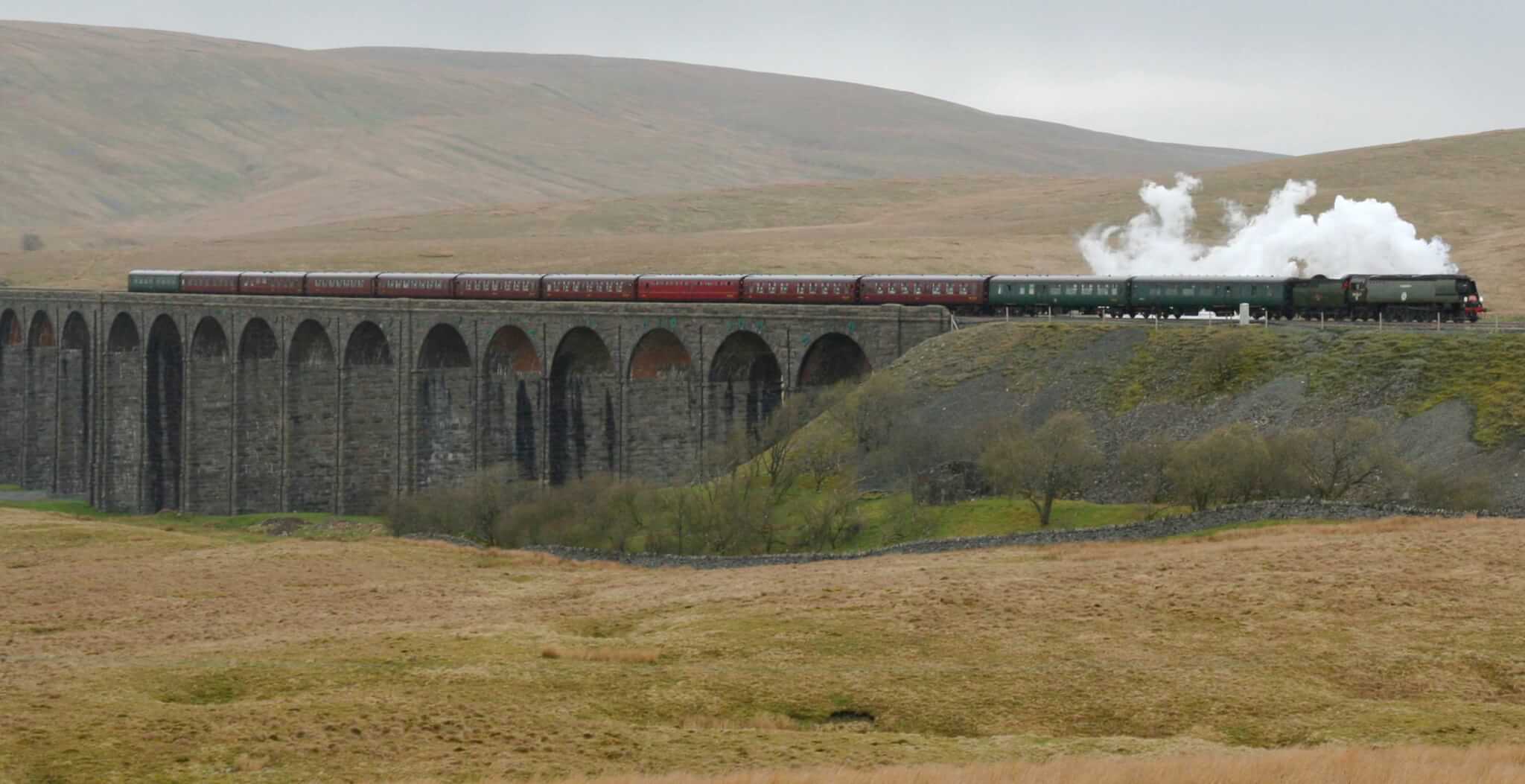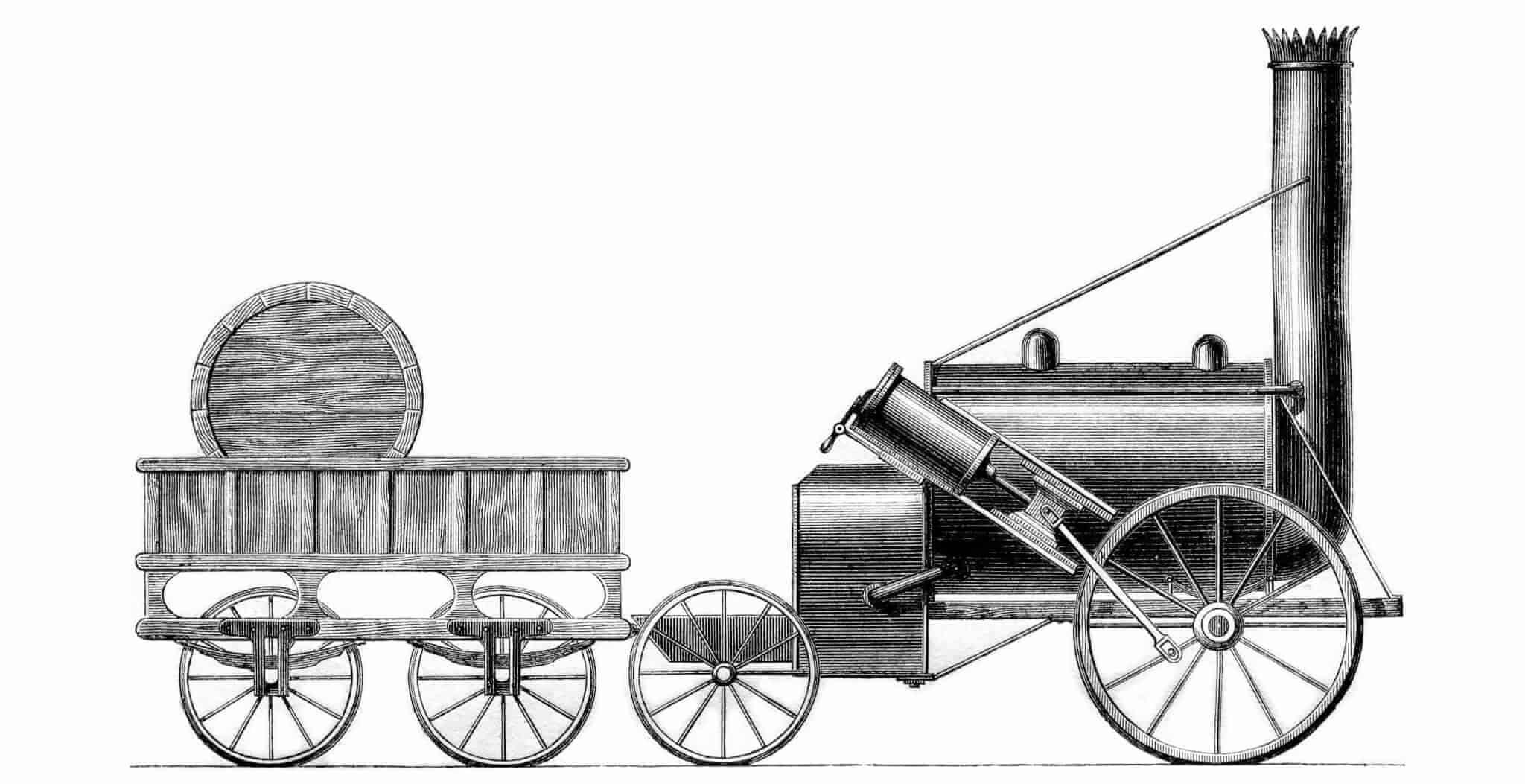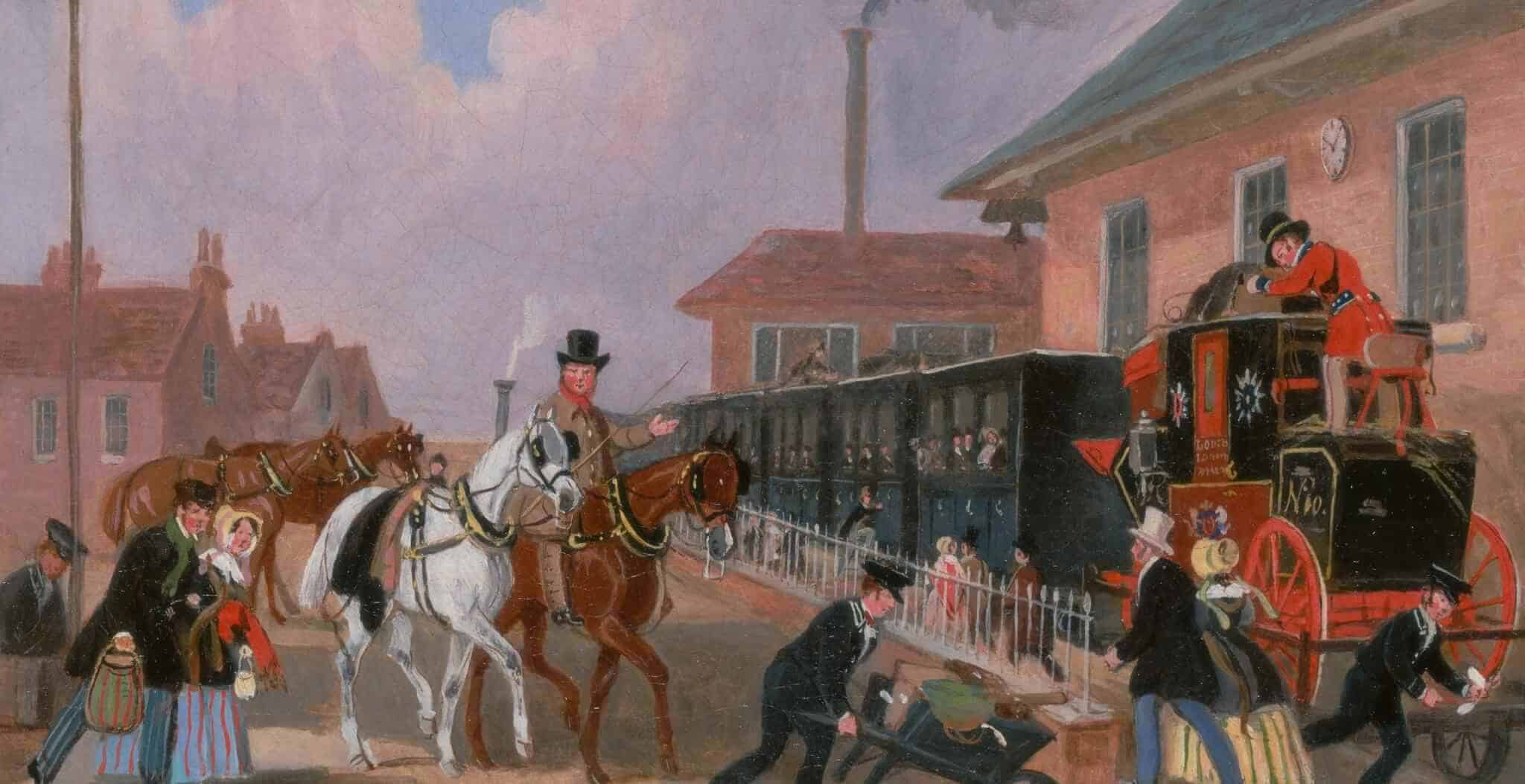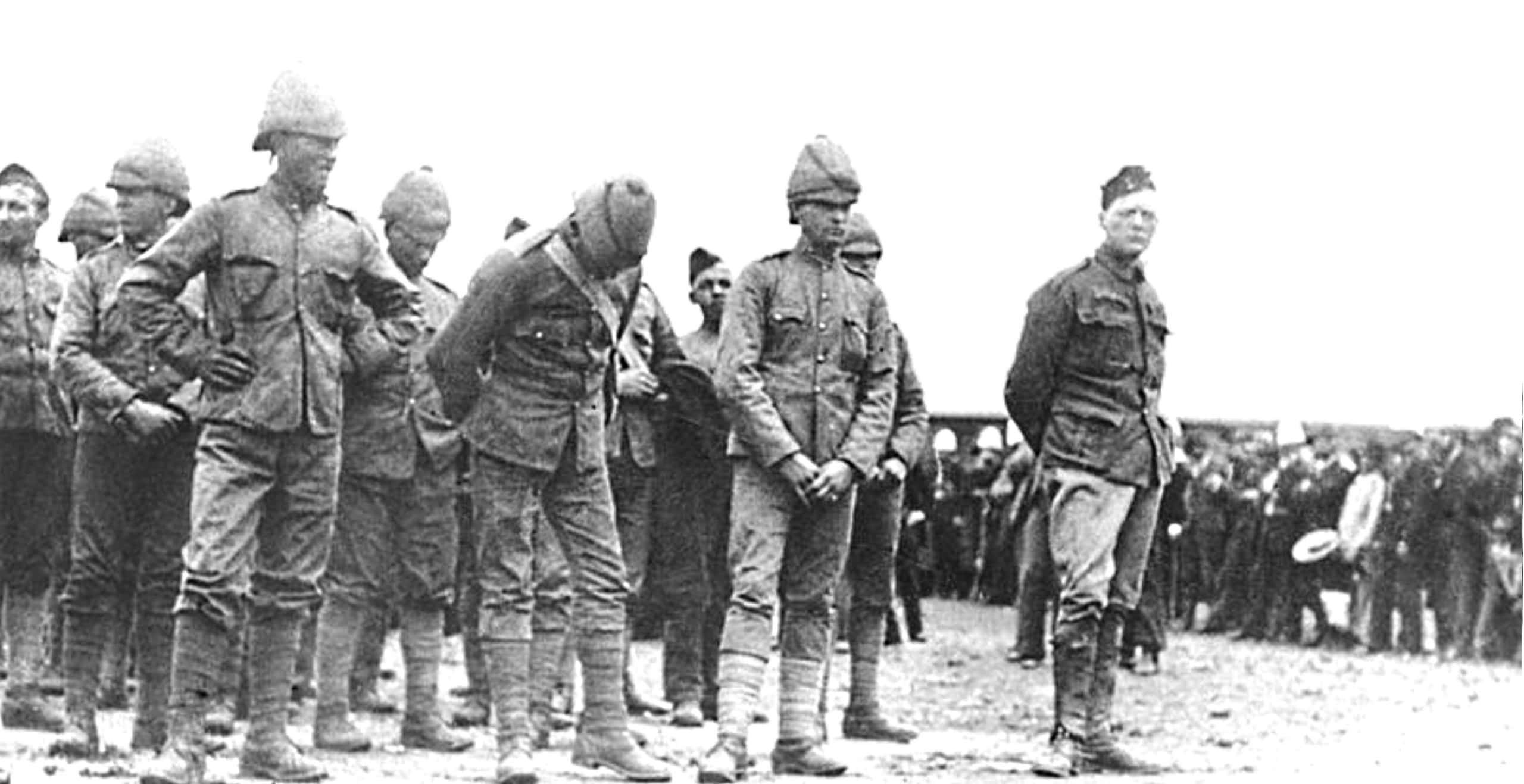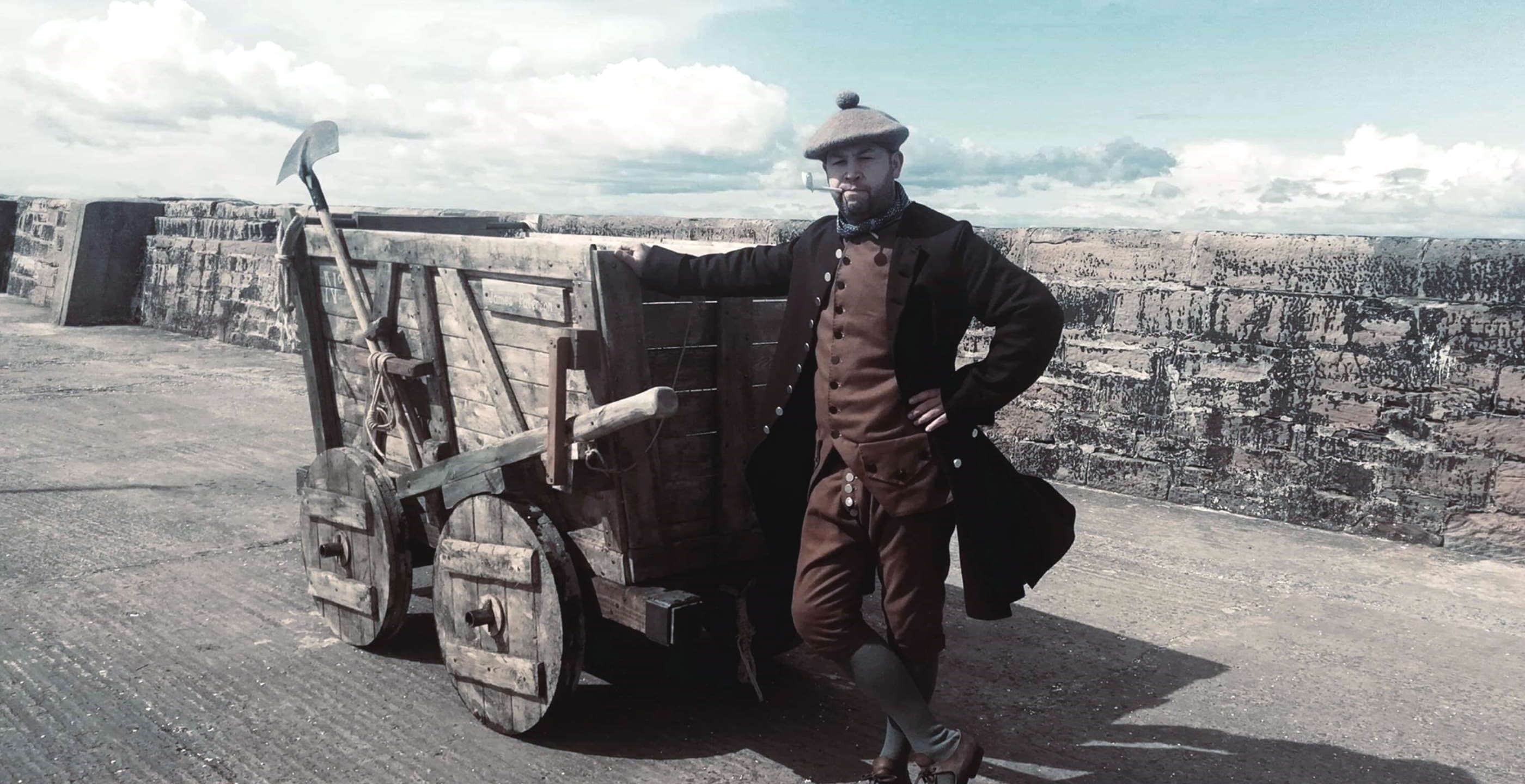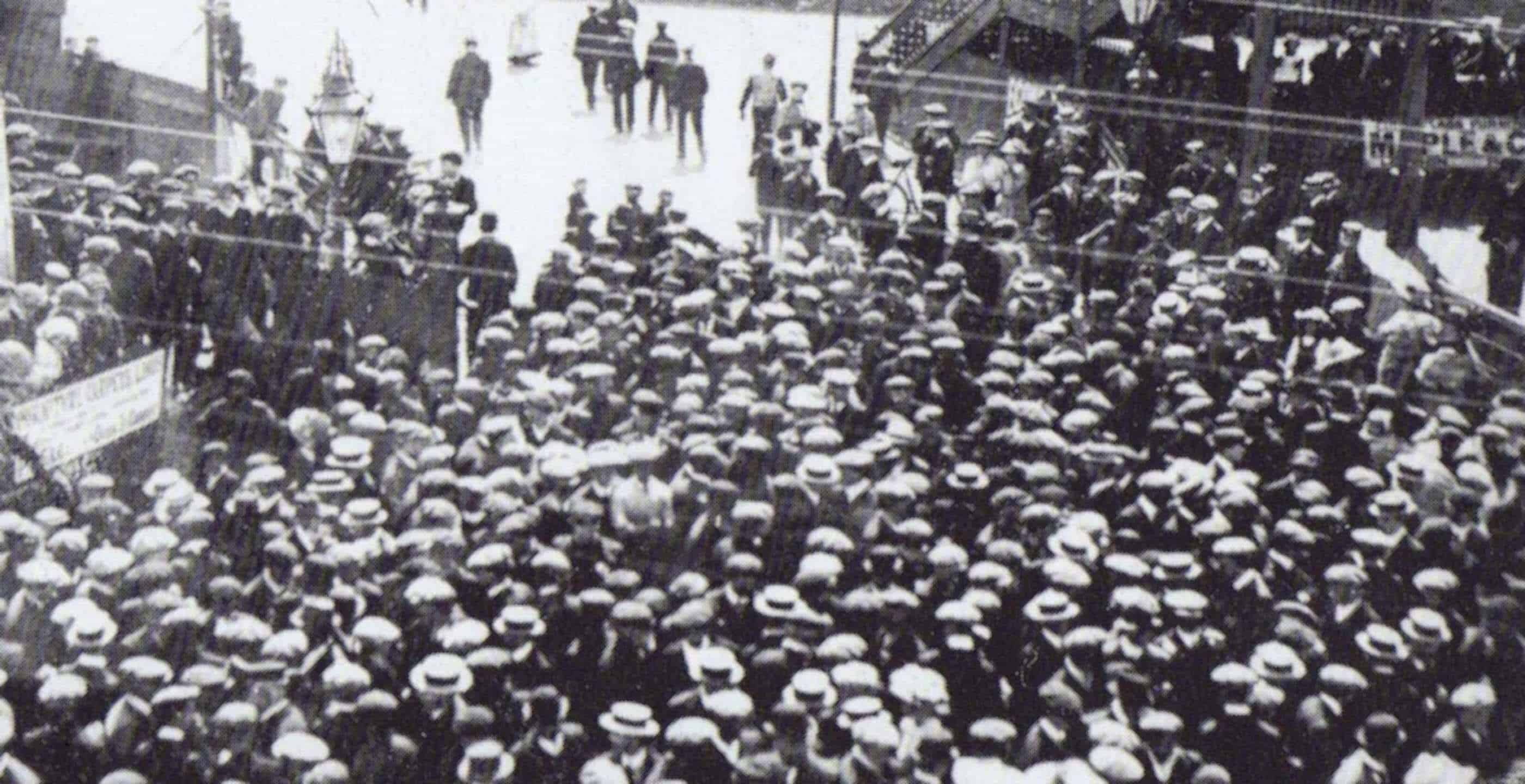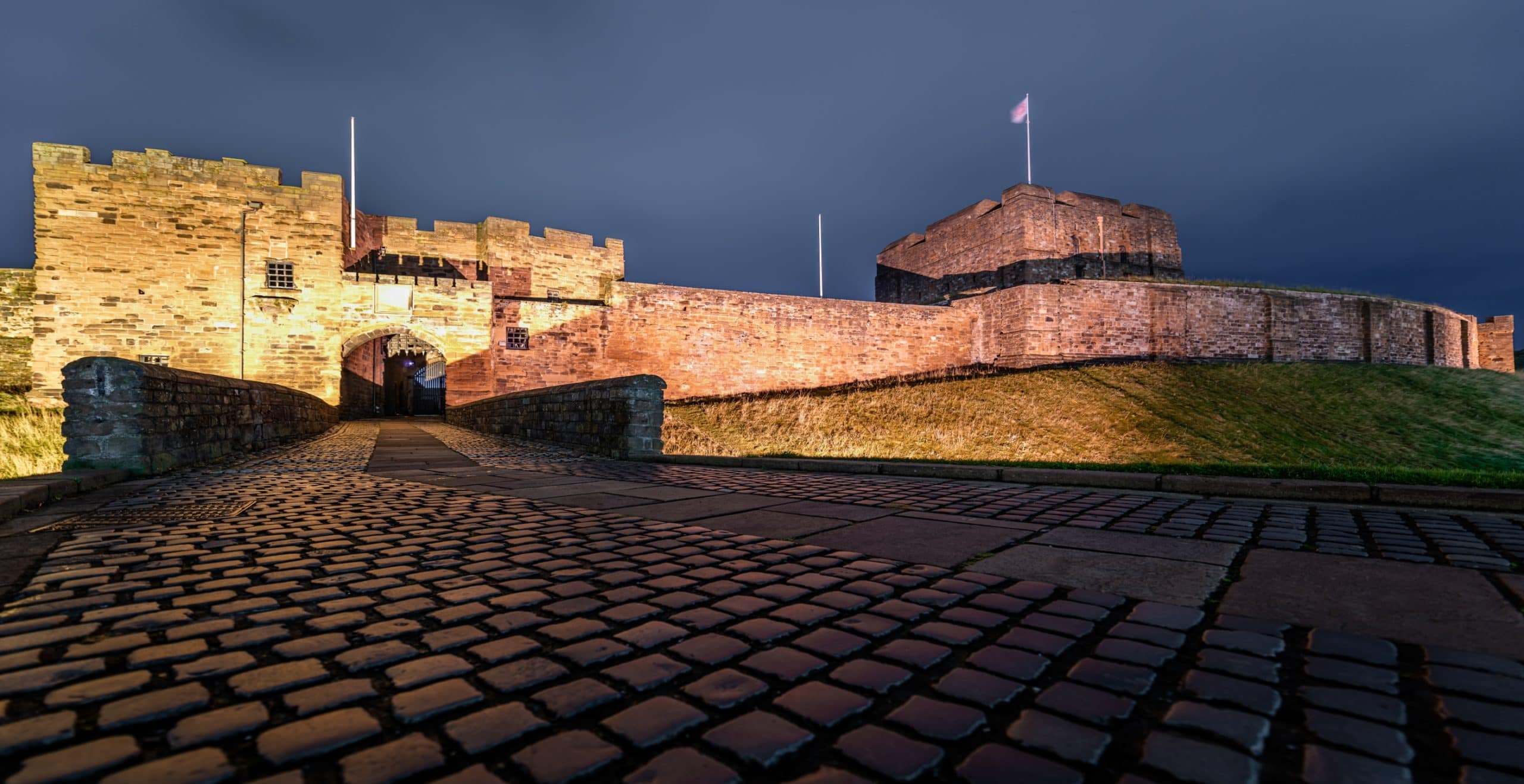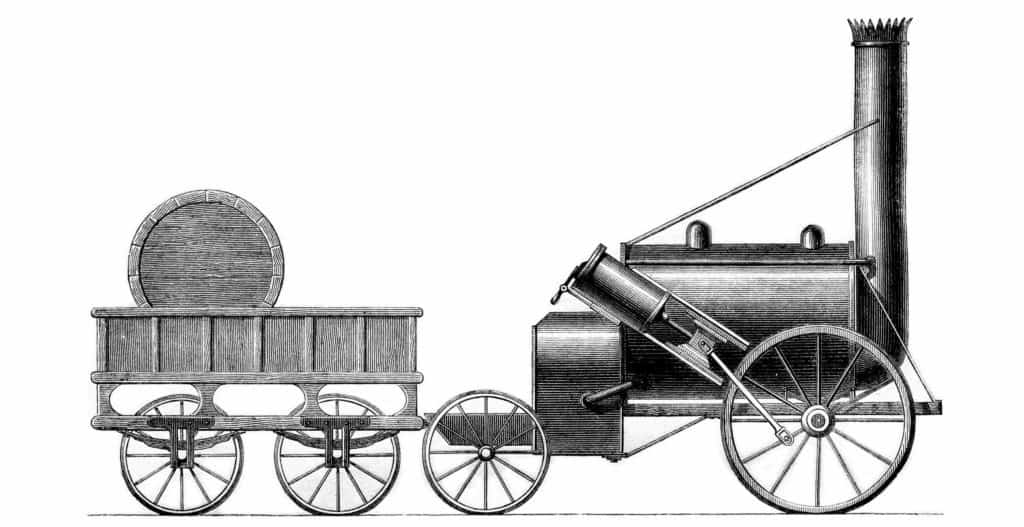Sit back and enjoy the view as you travel along the most scenic route in England. Since 1876 this structure has followed the natural pathways through the Pennine hills. Over the 72 miles of track between Settle in Yorkshire and Carlisle in Cumbria, there are over 20 viaducts and 14 tunnels, helping to navigate around the stunning features. The line was designed to provide a high speed railway to compete with the other lines taking passengers and goods between England and Scotland. Back then the railways were owned and maintained by several independent companies who later combined to become British Rail. There was much competition and rivalry between these companies. The Midland line, connecting the main east and west coast lines, fought to maintain partnerships. Before the Settle-Carlisle railway was constructed, the Midland had set up an agreement with the North West line that they would take Midland passengers from Ingleton to Carlisle. However, this was a shaky agreement and there were tales of sabotage; Midland passenger carriages were sometimes attached to the rear of slow-moving coal containers!
The Midland, therefore, looked to expand their line so that they had control over the quality of service for their customers. And so the concept of the Settle-Carlisle railway was born and presented to Parliament. However, in the coming years the tensions between the two companies relaxed and the Midland decided to abandon the proposition for the new railway. However the good reputation of the Midland line persuaded the government that the Settle-Carlisle was still a great idea and the Midland were almost forced into the project! You would think that under these circumstances the Midland would not be willing to commit effort and time to this but the result, still visible and renowned for its beauty today, fully contradicts this.
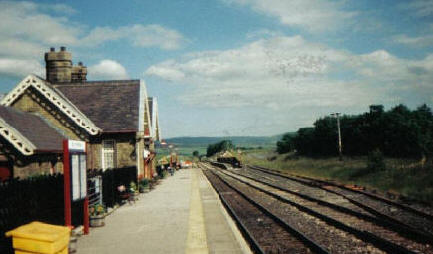
Construction took seven years and 6000 men. There are memorials at Chapel-le-Dale for those who died during the construction; many from smallpox but also for those who were injured and even killed in the process. Effort was definitely made to create this magnificent feat of engineering.
Despite the beauty of structures like the Ribblehead viaduct and the majesty of the landscape surrounding the line, the railway has not been without objection and threats of closure. A deterioration in the condition of Ribblehead viaduct sparked proposals for the closure of the entire line for passengers leaving only short sections for industrials connections. A bit of skulduggery on the part of British Rail meant that the statistics went in their favour; months before they announced the closure of the line, they had diverted trains away from the line, making it seem unused. Fierce public protest and rising passenger numbers on the trains still using the line forced the government to reconsider and repairs to the existing viaducts went ahead!
So jump on a train, or book a place on one of the steam trains that run seasonally, and view the North West at your leisure:
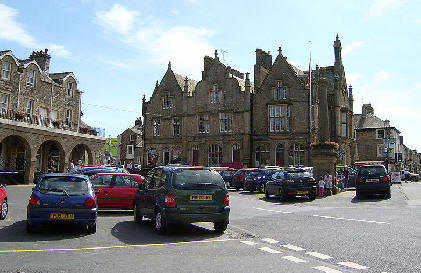
Settle
This bustling market town is the perfect base from which to explore North Yorkshire; history, walking, caving and shopping. As you leave Settle, heading for Horton in Ribblesdale, the train climbs an incline of 1 in 100 up Stainforth Gorge. At the last Glacial Maximum the River Ribble was diverted by the huge expanse of ice it met and instead was forced to cut itself this deep and narrow gorge down to meet the Irish Sea. As the train climbs imagine the river surging over the rocks, full and fierce with fresh glacial meltwater. A little further upstream, the track runs over a half mile of flat land, the bed of a glacial lake, and then to the right the 2200 foot Pen-y-Ghent peak can be seen. This is the first of the spectacular Three Peaks.
Horton in Ribblesdale
Walker’s village! It lies on the Pennine Way and is also the start and finish of the 24-mile Three Peaks Walk. The café keeps time for all the walkers completing this journey. It is after this station stop that the land becomes higher and the rich pastures in the valleys give way to mysterious moorland. Keep your eye out again for the magnificent glacial features, here a swarm of drumlins, the legacy from a time when this land was covered with ice.
Ribblehead
As the train rolls into this station, look to your right and view the famous, imposing figure of the Ribblehead Viaduct. Directly behind the viaduct is Whernside and then to the right is Inglebrough, the second and third of the three peaks. Inglebrough has extensive caves within its limestone body, popular with cavers. It was also home to a Roman fort; the flat top of Inglebrough, approximately 2300 feet a.s.l. must have been a fantastic defensive site.
After crossing the viaduct, the train passes Blea Moor signal box and then delves into Blea Moor tunnel, one and a half miles long and dug by hand!
The next station you meet is Dent, the highest mainline train station in England at 1150 feet a.s.l. It is also 4miles and 500 feet higher than the village it is serves!
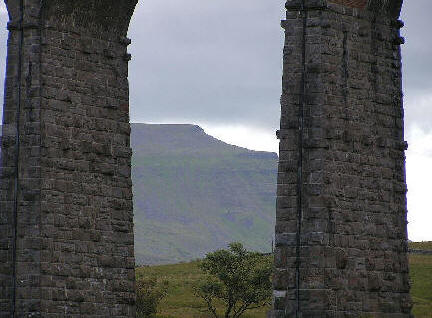
Garsdale
Garsdale is at the head of Wensleydale, containing some of the wildest and most beautiful scenery in Britain. Visits to the picturesque town of Hawes can be made from here. Between Garsdale and Kirkby Stephen is the highest point of the line; the Ais Gill summit. It’s all downhill from here, but obviously not in the terms of the quality of your trip! Pass under a bridge and look back to your right and you will see Hell Gill Force, beautiful waterfall and the first glimpse of Eden River, which the line follows from now until Carlisle.
Kirkby Stephen – picturesque market town
About 5 minutes later, you will see the ruins of Pendragon Castle, near Kirkby Stephen. According to legend, the castle was founded by Uther Pendragon, King Arthur’s father. Uther and a hundred of his men were killed here when the water in their well was poisoned by Saxon raiders. The castle is on private land and, although access is allowed, the ruins are potentially unstable and care should be taken. Just after the Birkett tunnel, Lammerside Castle can be seen too. This was a 14th century Pele Tower, built to protect against Scottish invaders. Sadly, only two stories of it still remain after it was abandoned in the 17th century.
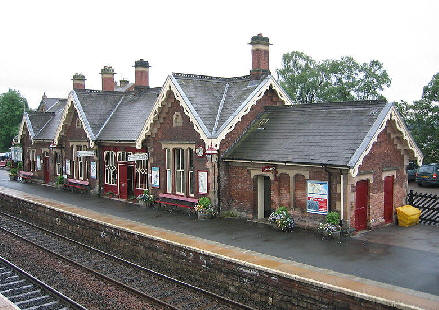
Appleby in Westmorland
Winner of Best Small Station in 2003! Once the county town of Westmorland, Appleby is home to Appleby Castle, the impressive building built by William II after he won most of Westmorland from the Scots in 1092. There are fantastic views of the Cumbrian hills, in all directions from the Tower.
Langwathby
The second largest stone circle in the country, Long Meg and Her Daughters, a 350 foot ellipse, lies nearby. The many smaller stones that form the circle near to the one larger stone represent Long Meg and her daughters. Legend goes that they performed scandalous acts on the Sabbath and were subsequently turned to stone! The circle is supposed to be bestowed with magic so that you cannot count the same number of stones twice; if you do, the magic will be broken. Long Meg, made from local red sandstone, stands 60 feet from the circle with three mysterious symbols carved on and all four corners pointing to the points of a compass. The daughters are boulders of rhyolite.
Also visit Ostrich World whilst in this pretty village!
Carlisle
The end of the line! This border settlement is steeped in history; Roman foundations, a castle with medieval dungeons which was once home to Mary Queen of Scots and a fine Cathedral. The Norman Keep within the castle now houses an exhibition documenting Bonnie Prince Charlie’s Jacobite Rising.
Hadrian’s Wall
Both a walkers trail and the Hadrian’s cycle-way skim the north of Carlisle, meaning the city is perfect to step out and explore this acclaimed World Heritage Site. It is also possible to explore in comfort on the Hadrian’s Wall bus. It will take you alongside to the ancient Roman forts and museums.
Getting here
Carlisle is easily accessible by both road and rail, please try our UK Travel Guide for further information.
Castles in England
Try our interactive map of Castles in England to browse our huge database, including Pendragon and Carlisle Castle.
